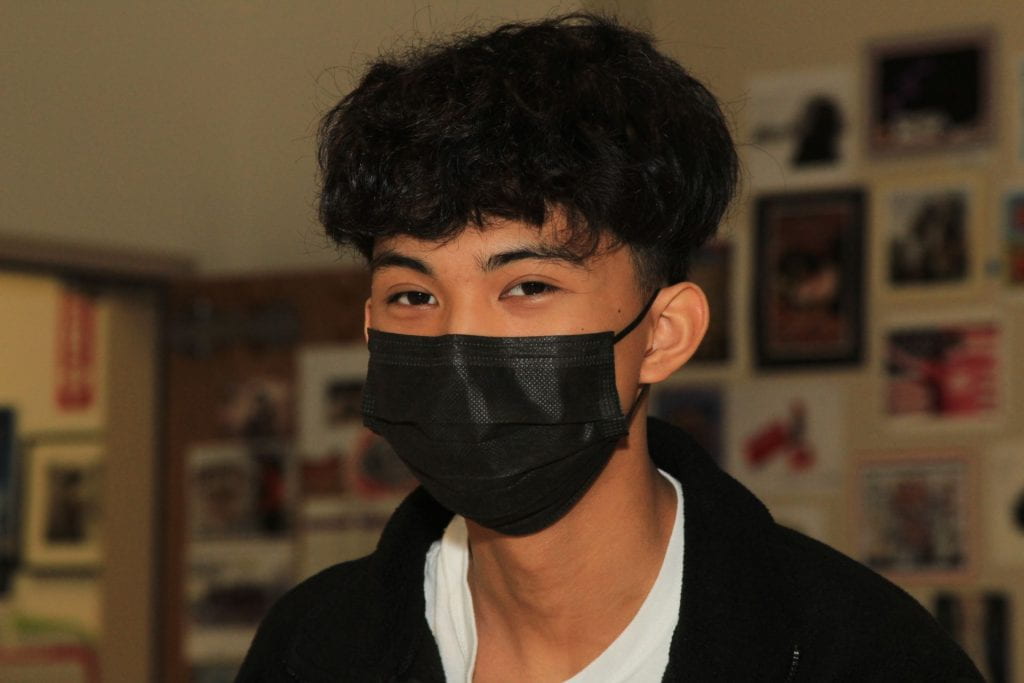
Favorite color


When would you use external flash? -Do you need to meter the light if you use flash? -What does flash synchronization mean? -What does ETTL mean? -What will happen when you shoot faster than the camera sync speed? -Why do photographers bounce the flash and use a diffuser? – What is a slave? -What should you do if your image comes out too dark or too light?

The lighting on the woman’s skin is different as the flash that is being used on the second pic gives her more detail as shown. The colors also pop more when the flash is used. You could also notice more color for example her hair color, more brown vibrant eyes and etc.






In a typical basic portrait set-up, there are four items of equipment that are usually employed. These are the basic necessities; once you learn how to set them up, you’re good to go. So let’s begin with the most important instrument in the mix: your camera.
A camera in Manual mode may be utilized efficiently with strobe lighting (look at your mode dial; if there’s a ‘M’ position, you’ve got Manual mode). The word ‘manual’ implies a complete lack of automation, which in turn implies a tough task. Let’s put that misconception to rest right now.
Your shutter speed must be set to “sync” or slower on your camera. The speed will be specified in your camera’s handbook. It’s usually between 1/125 and 1/250 of a second for most cameras. I can almost promise that if you set it to 1/125, you’ll be OK in terms of shutter speed. If you’re wondering what “sync” speed implies, it’s the pace at which the shutter will remain completely open while your strobe flash units illuminate their target. Both of these items must be synchronized (happening at the same time). So it’s basically simply a matter of selecting your camera’s advertised sync speed. Once you’ve set it, you’ll never have to worry about getting the right exposure again. Done!
Then there’s the aperture. When you select your aperture, you’re looking for an aperture that will give you the depth of field you want. Simply put, this refers to how much behind (and ahead of) your topic you want to look smart. While this may be an oversimplification, f/8 is a reasonable starting aperture value. If you require a deeper or shallower depth of field, you can easily modify this, but it’s a ‘safe’ aperture to start with to keep things easy. You may want to adjust this as you get experience, but f/8 is a decent starting point. Done!
Finally, there’s ISO. ISO is a camera setting that influences how sensitive your camera’s sensor is to light. The greater the number, the more sensitive it is. When photographing in weak natural light, this function helps you acquire a decent exposure by increasing the sensitivity. When shooting with strobes, however, you may modify the strobe strength to make the light extremely bright. When employing strobes, changing the ISO should only be done on rare occasions. It’s also worth noting that boosting your ISO might lower image quality by adding noise and skewing color data. The easiest way to proceed is to keep the ISO at factory default, which is between 100 and 200, and after you’ve done that, you should be good to go.







